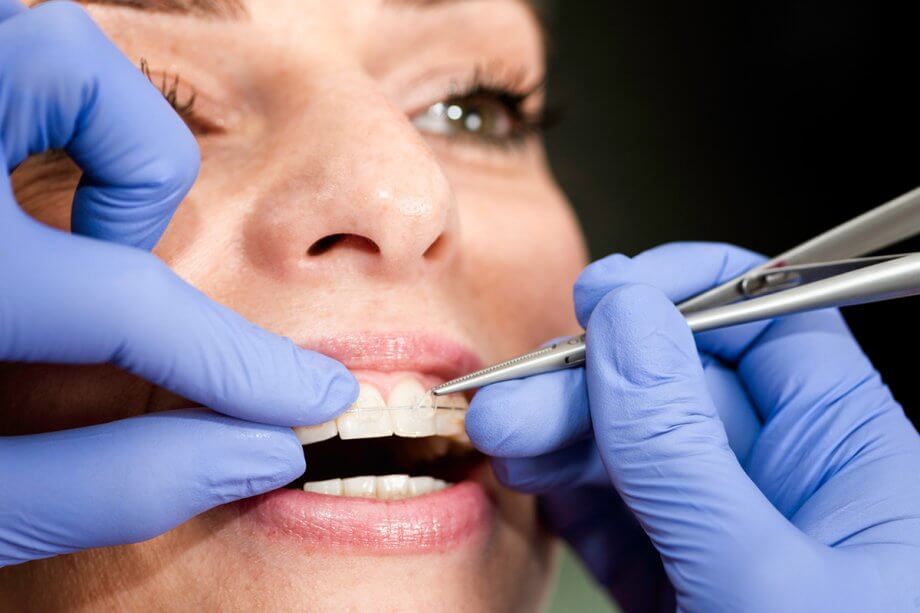Palate expanders or palatal expander devices are common tools in early orthodontic treatment. Children and teens may receive them if they do not have enough room in their jaws for their permanent teeth to erupt.
After a palate expander, the next step typically involves putting braces on the patient's teeth. Braces can correct alignment issues and work more effectively after a palate expander, often shortening treatment times.
What is a Palate Expander?
A palate expander is a custom-made orthodontic appliance that widens the upper jaw over time. The two bones that make up the roof of the mouth do not fully fuse until adolescence, allowing a palate expander to do its job. The expander creates more room for the permanent teeth and allows braces to work more effectively.
The palate expander is a stainless-steel device that the orthodontist bonds to the teeth at the back of the upper jaw. This device includes a small key that the parents turn once or twice daily to increase its width. Over time, the gentle pressure exerted by the palate expander will widen the jaw, allowing better permanent tooth alignment.
Conditions Treated By a Palate Expander
Malocclusion
A palate expander allows more room for the permanent teeth to erupt in the right places. The patient's teeth will come in straighter, and subsequent braces treatment may be less complicated.
Prevent Impacted Teeth
When teeth become impacted, they cannot emerge through the gums in the proper location. Gum tissue or bone blocks an impacted tooth from erupting. The most commonly impacted permanent teeth are the canines. Palate expanders often allow the impacted teeth to erupt without extracting healthy teeth.
Crossbite
Crossbites happen when the upper and lower jaw are different in size. The upper jaw is usually too narrow, meaning the bottom teeth bite outside the top teeth. Untreated crossbites can lead to TMJ, excessive tooth wear, and an altered facial appearance.
Underbite
An underbite happens when the front lower teeth bite outside the top teeth. Palate expanders can help with this condition as well.
Sleep Apnea
Obstructive sleep apnea may happen when a child or teen has a narrow upper jaw, meaning the airway becomes blocked during sleep. Correcting the jaw's size using palate expanders can improve overall health and have a lower chance of serious complications.
Improve Smile Aesthetics
Palate expanders can make the patient's smile broader and brighter.
Frequently Asked Questions About Orthodontics
At what age should you start orthodontic treatment?
Ideally, children should see an orthodontist for the first time at age seven. The permanent teeth begin to emerge around this time, and the orthodontist can determine the possibility of future problems. Interceptive orthodontic treatment, including using devices like palate expanders, can also begin earlier in childhood.
Can an adult get a palate expander?
By the time a patient reaches adulthood, the palate bones have fused. This means that a palate expander is less likely to work.
Call Greater Hartford Orthodontics
If your child or teen has a narrow upper jaw and your orthodontist recommends a palate expander, you may be concerned about this intervention. Palate expanders are safe and effective and produce only minor discomfort, particularly in the first few days after installation.
Please call our Newington, CT, office at 860-667-8277 to learn more about palate expanders and how they can help your child or teen achieve a healthy smile.

